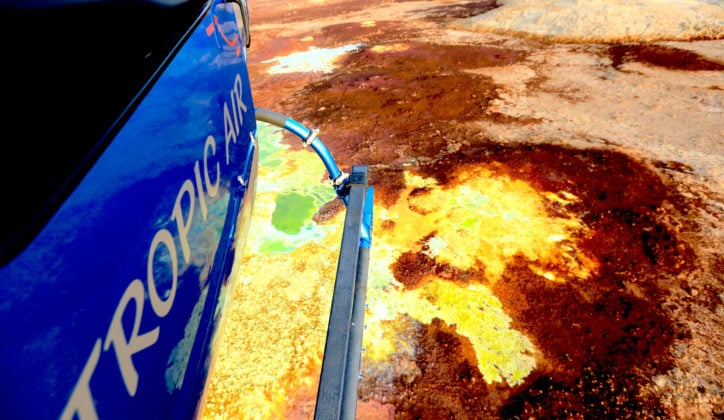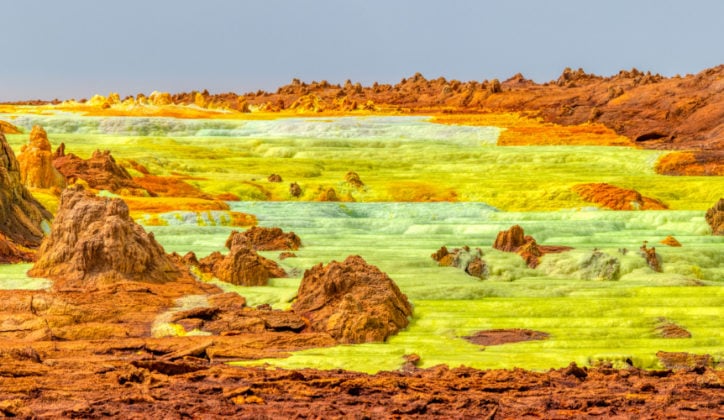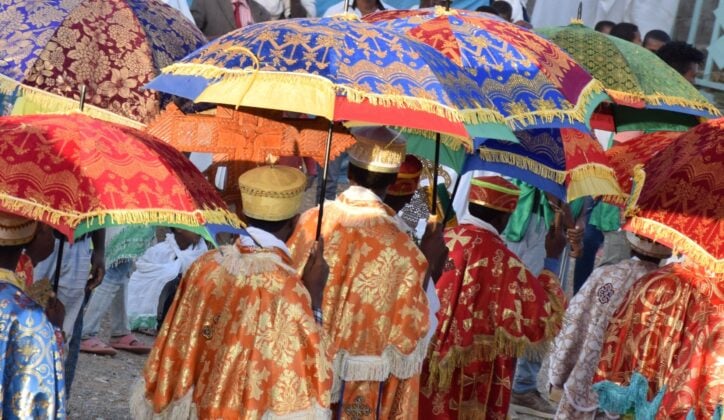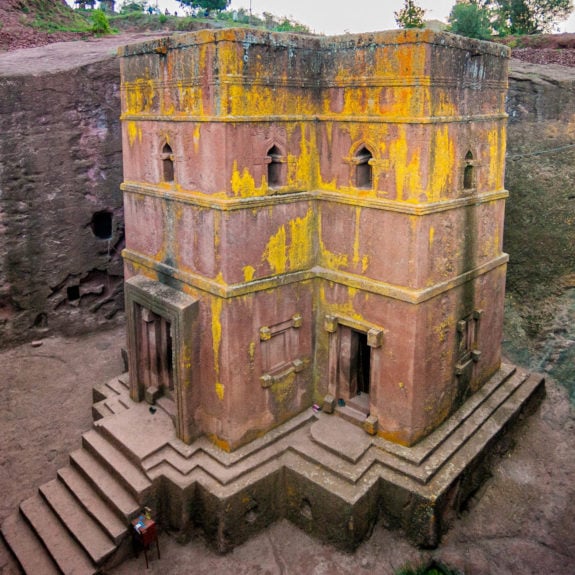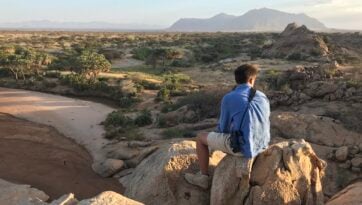An incredibly diverse nation with some of Africa's most epic landscapes and fascinating cultures
Africa’s second most populous country, one of the founding members of the United Nations and considered by many to be the beating heart of African politics, Ethiopia has long been one of the continent’s powerhouses. Traditionally it has fallen under the travelling radar but for those in search of real adventure, it certainly doesn’t disappoint.
Ethiopia has a rich cultural heritage and incredible diversity both in its people and its landscapes. The Omo Valley alone is home to more than 40 different tribes each with their own unique dress, customs and beliefs. The Ethiopian Orthodox Church is one of the oldest organised Christian bodies in the world and its heart is in the country’s mountainous north. It is here in Lalibela where you’ll find Ethiopia’s famous rock churches, some of which sit 40 feet beneath the ground. This is Ethiopia’s holiest city and a centre of pilgrimage for many Orthodox Christians.
Those looking for epic landscapes and incredible natural phenomenons will not be disappointed. The vast plateaus and craggy peaks of the Simien and Bale Mountains are a sight to behold and home to much of Ethiopia’s wildlife, including the endangered Walia ibex, the Gelada Baboons and the elusive Ethiopian wolf.
The icing on the cake is arguably the Danakil Depression, one of the lowest, hottest and driest places on earth. Looking like something from another planet, its bubbling lava lakes, vast salt pans and hydrothermal fields in vibrant shades of green, red and yellow are unlike anywhere else on earth. The landscape is enough to make the mind boggle, but just as remarkable is the ability of the Afar people to adapt and be able to call this hostile environment home.
Travelling to Ethiopia is an experience unlike any other – speak to one of our travel designers to start planning a unforgettable trip to this endlessly fascinating country.
Our top Ethiopia example trips
Where to go
Need to Know
When to go
Ethiopia can be visited year-round as even during the rainy months of June to August, rainstorms are fairly short lived and tend not to interfere too much with travel plans. Addis Ababa and the highlands experience daytime temperatures of between 22˚C and 28˚C. The Simien and Bale Mountains tend to be a little cooler while the Omo Valley down in the south west a little warmer. September to January is considered peak tourist season with the Timkat festival - the Ethiopian Orthodox celebration of Epiphany - taking place in January and the Meskel festival, which commemorates the discovery of the True Cross, taking place in September. Wildlife viewing is consistent year-round.















